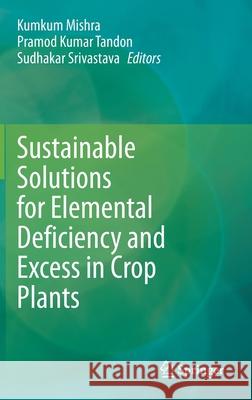Sustainable Solutions for Elemental Deficiency and Excess in Crop Plants » książka
topmenu
Sustainable Solutions for Elemental Deficiency and Excess in Crop Plants
ISBN-13: 9789811586354 / Angielski / Twarda / 2020 / 501 str.
Sustainable Solutions for Elemental Deficiency and Excess in Crop Plants
ISBN-13: 9789811586354 / Angielski / Twarda / 2020 / 501 str.
cena 806,99 zł
(netto: 768,56 VAT: 5%)
Najniższa cena z 30 dni: 771,08 zł
(netto: 768,56 VAT: 5%)
Najniższa cena z 30 dni: 771,08 zł
Termin realizacji zamówienia:
ok. 22 dni roboczych
Bez gwarancji dostawy przed świętami
ok. 22 dni roboczych
Bez gwarancji dostawy przed świętami
Darmowa dostawa!
Kategorie:
Kategorie BISAC:
Wydawca:
Springer
Język:
Angielski
ISBN-13:
9789811586354
Rok wydania:
2020
Wydanie:
2020
Ilość stron:
501
Waga:
0.89 kg
Wymiary:
23.39 x 15.6 x 2.87
Oprawa:
Twarda
Wolumenów:
01
Dodatkowe informacje:
Wydanie ilustrowane











